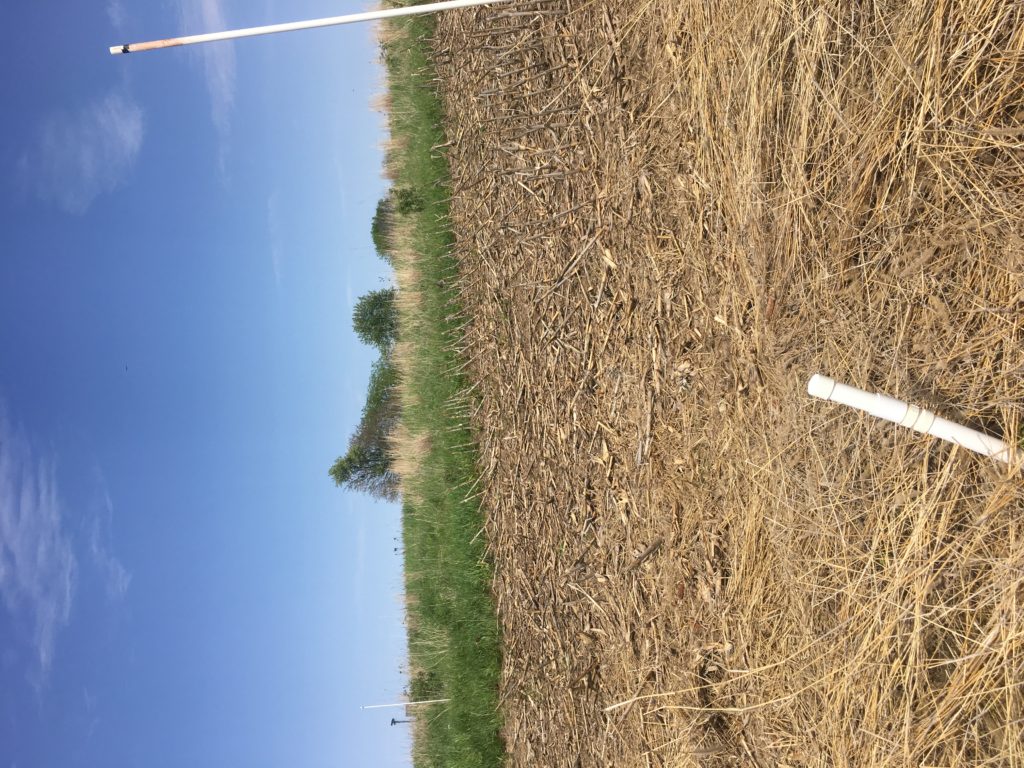May 23, 2019
For a little background on my title, I based it off the chorus of the song Drift Away by Dobie Gray. I thought it was a fitting title for today’s topic since we’ve discussed various solutions to nutrient runoff and the singer focuses on drifting away from his problems in the song. Our day started with an early wake up call, to get on the road to visit Jenny Terry, the Executive Director at the Iowa Environmental Council. She started off the discussion by covering the Council’s mission statement and provided background information on the organization. Their mission is to create a safe, healthy environment and sustainable future for Iowa. The Council is a 501c3 nonprofit that was founded 24 years ago. There are 500 independent members and 15 member organizations, including The Practical Farmers of Iowa and The Iowa Soybean Association. The director talked about an array of environmental issues, one of them being nutrient runoff. 88% of Iowa’s agricultural runoff contributes to the growing dead zone in the Gulf of Mexico. Loose topsoil containing nitrogen-rich fertilizers comes from farm runoffs, which are transported through the river system during heavy rainfalls and empty into the Gulf of Mexico. This reminded me of our discussion at the Iowa Soybean Association which also talked about similar issues relating to nutrient runoff but offered a more strategic approach to addressing the problem as opposed to just identifying there is a problem. An example of this is watershed planning with artificial subsurface draining that helps deal with excess water nutrients.
After we finished up with the Iowa Environmental Council, we met with Omar de Kok-Mercado, the STRIPS Program Manager at Iowa State. The STRIPS project is located in The Neal Smith Wildlife Refuge in Prairie City, Iowa. Before seeing the prairie strips, however, Rachel, one of the interns at the Refuge, which is operated by the Fish and Wildlife Service, showed us one of the Refuge’s two greenhouses that holds their its lab and talked to us about different strategies relating to restoring the prairie at the Refuge. Then, we moved onto see the Prairie strips project with Omar. Today’s reading covered different prairie strip strategies. They include having strips strategically sown into row crops to slow the movement of water, which create plant diversity to support habitat that fosters conservation of native communities for plants, birds, pollinators, and other beneficial insects. Prairie strips also support several species of insect predators, such as lady beetles, that help control corn and soybean products. Prairie strips can reduce the negative impacts of neonicotinoids, an important class of pesticides, on non-target species, a topic that was also mentioned at our presentation at Bayer CropScience. Planting prairie strips is an effective and relatively low cost conservation practice.


Once our presentation finished up, we left the refuge and drove through the auto tour route to see the small herd of bison they keep in a 700-acre enclosure. A very cool way to end this day on our Iowa journey.
